Personal Brand Building For Coaches Who Hate Digital Marketing, Building a personal brand as a coach is essential for attracting clients, establishing authority, and creating long-term success. However, many coaches struggle with digital marketing.
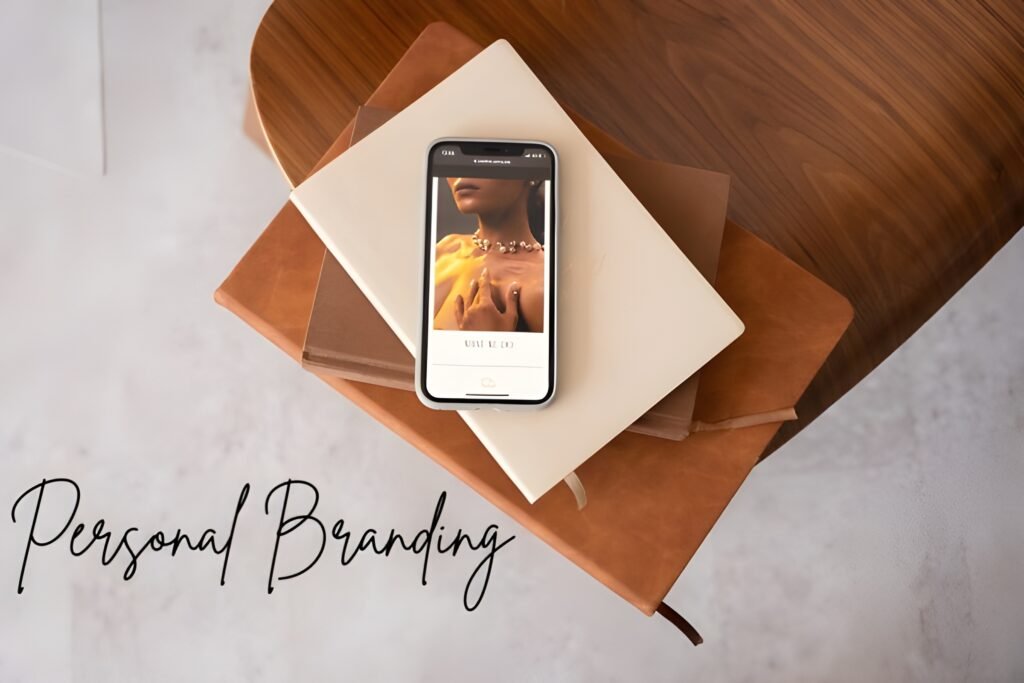
If you dislike social media, email funnels, and constant online promotion, this guide will help you build your personal brand in a way that feels authentic and manageable.
- Foundations of a Strong Personal Brand
- 1. Understanding Personal Branding: What It Really Means For Coaches.
- 2. Defining Your Unique Coaching Identity (Without Relying On Online Trends)
- 3. The Power of Story Telling in Personal Branding
- 4. Creating a Signature Coaching Framework That SetsYou Apart.
- 5. Word-of-Mouth Marketing: Building a BusinessThat Grows Organically.
- 6. Building a High-Value Referral Network
- 7. Public Speaking & Workshops: Establishing Authority Without Social Media
- 8. Publishing & Thought Leadership: Becoming an Industry Expert Without Blogging
- 9. PR & Media Features: How To Get Recognized Without a Digital ?
- 10. Scaling Your Personal Brand Without Digital Overload
- 11. Creating a Sustainable, Low-Effort Brand Visibility System
- 12. Automating Branding Without Feeling Salesy'
- 13. Hiring the Right Help to Build Your Brand Without Burn out
- 14. How to Maintain Visibility Without Losing Your Time & Energy?
- 15. Minimalist Online Presence That Feels Authentic
- 16. How to Use LinkedIn For Branding?
- 17. Podcasting & Guest Speaking: ALow-Effort Digital Strategy
- 18. Email Marketing Without Spam Funnels
- 19. How to Repurpose Content Instead Of Creating More?
- Case Studies: Personal Branding Without Digital Marketing
- Case Study #2: Health & WellnessCoach Who Used Podcast Guesting & PR to Build Authority
- Case Study #3: Business Coach Who Used Networking & VIP Mastermind Attract Clients
- Conclusion
Foundations of a Strong Personal Brand
1. Understanding Personal Branding: What It Really Means For Coaches.
Many coaches think personal branding means:
- Posting on social media daily.
- Running paid ads.
- Writing blog posts every week.
- Constantly creating new content.
The truth? Personal branding is about visibility, trust, and reputation—not digital marketing tactics.
Reframing Personal Branding Personal branding is:
- Being known for something specific.
- Creating deep trust with your audience .
- Positioning yourself as an authority without relying on algorithms.
- Building relationships that lead to referrals, speaking opportunities, and partnerships.
2. Defining Your Unique Coaching Identity (Without Relying On Online Trends)
Before building your brand, you need absolute clarity on:
- Who will you help?
- What transformation do you provide?
- How do you do it differently?
Examples:
✔ “I help overwhelmed executives find clarity and confidence in leadership through neuroscience-backed coaching.”
✔ “I empower women to transition from corporate jobs fulfilling entrepreneurship through intuitive strategy.”
Your Signature Coaching Philosophy
Clients buy into your philosophy as much as your coaching itself. What is your core belief about transformation?
Examples:
“Burnout isn’t about time management—it’s about energy alignment.”
“Success in business comes from deep self-awareness, not just strategy.”
3. The Power of Story Telling in Personal Branding

People don’t remember facts; they remember stories. Your brand story creates emotional connection and positions you as relatable, experienced, and trustworthy.
3 Key Elements of a Great Brand Story:
- Your Catalyst Moment: What experience led you to coaching?
- Your Transformation: How did you solve a major problem that your clients now face?
- Your Coaching Philosophy: What is your core belief that shapes our approach?
Real Example: Executive Coach’s Brand Story.
Catalyst Moment: “I was once a burned-out corporate leader, feeling stuck and exhausted.”
Transformation: “I discovered a unique framework to regain clarity and confidence without sacrificing my personal life.”
Coaching Philosophy: “Success comes from inner alignment, notjust external achievements.”
✅ Where to Use Your Story:
- Speaking engagements.
- Client introductions.
- PR and media interviews .
- Podcast guest appearances.
4. Creating a Signature Coaching Framework That SetsYou Apart.
A structured coaching framework makes you memorable, credible, and easier to refer. Instead of saying “I help people with clarity,”say:
“I use my Clarity Compass™ framework to help high-level executives make confident decisions in 3 simple steps.”
Steps to Create Your Own Framework
- Identify the transformation you help Customers achieve.
- Break it into 3-5 logical steps.
- Name your framework.
Example:
✔ “The Energy Reset Method” (for burnout coaching)
✔ “The 5-Step Career Pivot System” (for career coaches)
5. Word-of-Mouth Marketing: Building a BusinessThat Grows Organically.
Referrals are the most powerful and natural form of brand growth.
How to Get More Referrals Without Asking Directly?
- Deliver transformational coaching, not just “good” coaching
- Create client success stories that people want to share.
- Give your clients easy ways to introduce you (ex: workshops, PDFs).
6. Building a High-Value Referral Network
Who Should Be in Your Referral Network?
- Therapists
- HR professionals
- Business consultants
- Wellness practitioners
How to Build Referral Partnerships (Without BeingPushy)?
- Offer them value first (invite them to an event, promote their work).
- Position it as a win-win relationship, not a sales pitch.
- Stay top of mind with occasional check-ins and updates.
7. Public Speaking & Workshops: Establishing Authority Without Social Media
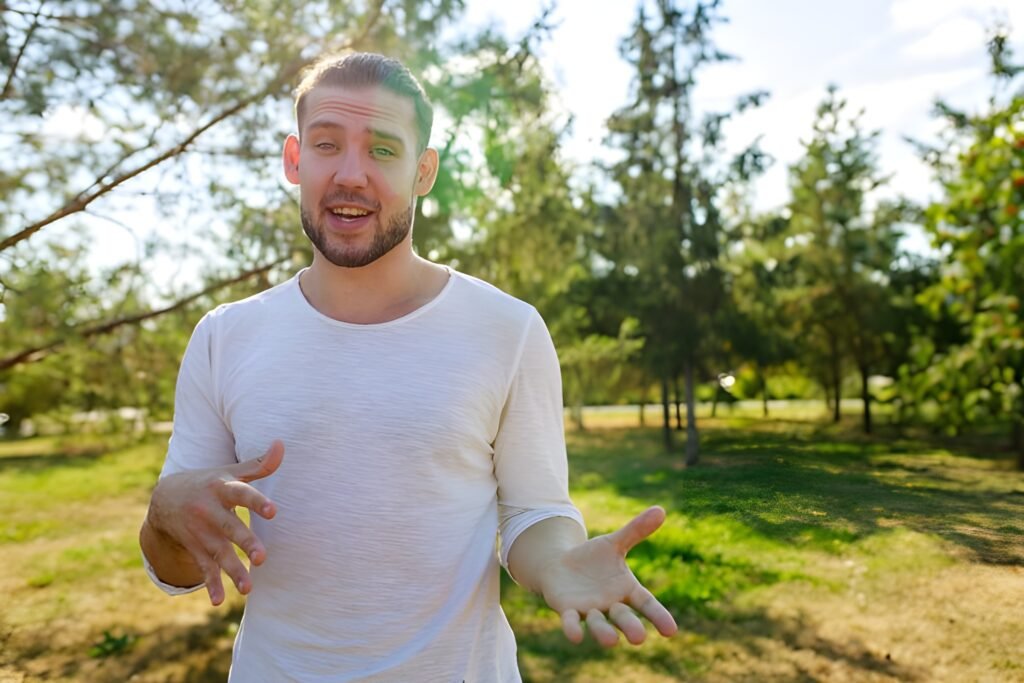
Speaking engagements create instant credibility.
Where to Speak (Without a Social MediaPresence)
- Industry conferences
- Corporate workshops
- Networking groups
- Podcasts
How to Get Speaking Opportunities Without a Big Following
- Reach out to event organizers and offer a high-value talk.
- Position yourself as an industry expert (not just a coach).
- Develop 2-3 signature talks that showcase your expertise.
Example Topics:
✔ “How to Overcome Burnout & Lead with Confidence”
✔ “The Neuroscience of Decision-Making for High Performers”
8. Publishing & Thought Leadership: Becoming an Industry Expert Without Blogging
Instead of weekly blog posts, focus on high-impact publishing.
- Write for industry publications (Forbes, Inc., Harvard Business Review).
- Publish a book to establish credibility.
- Get featured in news articles and expert roundups
9. PR & Media Features: How To Get Recognized Without a Digital ?
- Reach out to journalists with valuable insights.
- Offer expert commentary on industry trends.
- Submit opinion pieces to high-profile business magazines.
✅ Examples of Non-Digital PR Opportunities:
- Contribute to printed trade magazines
- Get interviewed on radio or TV
- Speak at local business panels
10. Scaling Your Personal Brand Without Digital Overload
Now that we’ve covered foundational branding and non-digital visibility strategies, it’s time to talk about scalability. What This Section Covers:
✅ Creating a low-maintenance personal brand visibility system.
✅ Automating branding without feeling “salesy”.
✅ Hiring help to grow your brand (without wasting money).
✅ Maintaining visibility without burning out.
11. Creating a Sustainable, Low-Effort Brand Visibility System
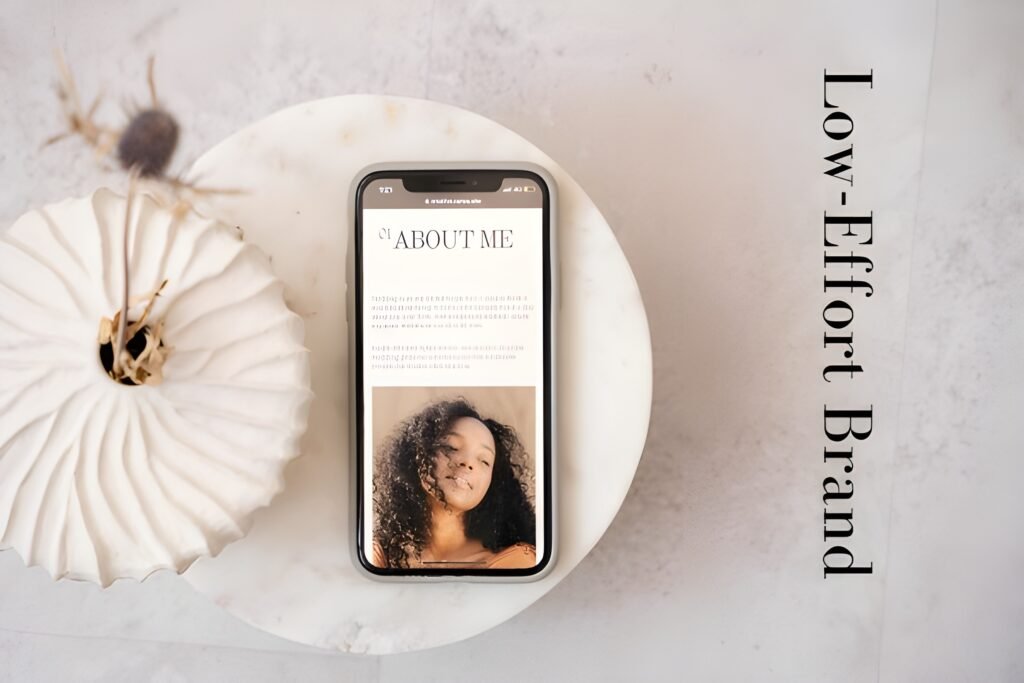
The biggest mistake coaches make? Treating visibility as an afterthought.
Instead of randomly seeking clients, create a consistent, repeatable system for visibility.
✅ Step 1: Choose 2-3 Core Visibility Channels
Pick strategies that match your personality:
✔ Speaking engagements
✔ High-end referral partnerships
✔ Guest expert features (podcasts, publications, media)
✅ Step 2: Block Dedicated Time for Branding
- 1 hour per week: Outreach & follow-ups.
- 1 event per month: Speaking, networking, media opportunity.
- 1 new collaboration per quarter: Partner with a key industry figure.
✅ Step 3: Set Up a Simple Tracking System
- Keep a list of potential speaking engagements.
- Maintain a referral partner contact list.
- Track where leads come from to double down on what works.
12. Automating Branding Without Feeling Salesy’
Automation doesn’t mean being robotic. It means making visibility easier.
3 Ways to Automate Without Losing the Human Touch:
✅Create a Referral Email Sequence (Do Partners AlwaysRemember You), Set up quarterly reminder emails for past clients & partners Use a simple follow-up template (included below).
✅Use a Virtual Assistant to Handle Outreach. Have an assistant schedule speaking engagements Let them maintain a list of PR & guest feature opportunities.
✅Automate Client Testimonials & Success Stories Set up an easy system to collect client feedback Use their success stories as marketing material.
13. Hiring the Right Help to Build Your Brand Without Burn out
You don’t need a marketing team, but a few strategic hires can make branding effortless.
✅ Virtual Assistant (VA) – for email outreach, scheduling, tracking referrals
✅ PR Specialist – to pitch media & guest speaking opportunities
✅ Ghostwriter – for articles, thought leadership, or book publishing
✅ Event Coordinator – to help land speaking engagements
Where to Find the Right People:
- Referrals from other coaches
- Freelance platforms (Upwork, Fiverr, Clarity.fm)
- Industry-specific assistants (e.g., aPR VS instead of a general VA)
14. How to Maintain Visibility Without Losing Your Time & Energy?

Personal branding doesn’t have to be exhausting.
✅ Batch outreach & networking – dedicate 1-2 hours per week.
✅ Leverage existing relationships – prioritize referrals word-of-mouth.
✅ Set up repeatable systems – automate follow-ups & guest features.
15. Minimalist Online Presence That Feels Authentic
Instead of daily content creation, try:
✔ A simple one-page website with your bio & services.
✔ A well-crafted LinkedIn profile (used strategically).
✔ Guest appearances on podcasts & articles (without running your own blog).
16. How to Use LinkedIn For Branding?
LinkedIn can be a low-effort visibility tool. Here’s how:
✅ Optimize Your Profile (so clients find you without posting)
- Strong headline (e.g., “I help executives overcome burnout & lead with confidence”).
- Clear about the section with your story & offer.
- Use recommendations/testimonials from past clients.
✅ Low-Effort LinkedIn Strategy
- Engage in 1-2 meaningful conversations per week.
- Post once a month with a client success story or insight.
- Use LinkedIn messages for relationship-building, not pitching.
17. Podcasting & Guest Speaking: ALow-Effort Digital Strategy
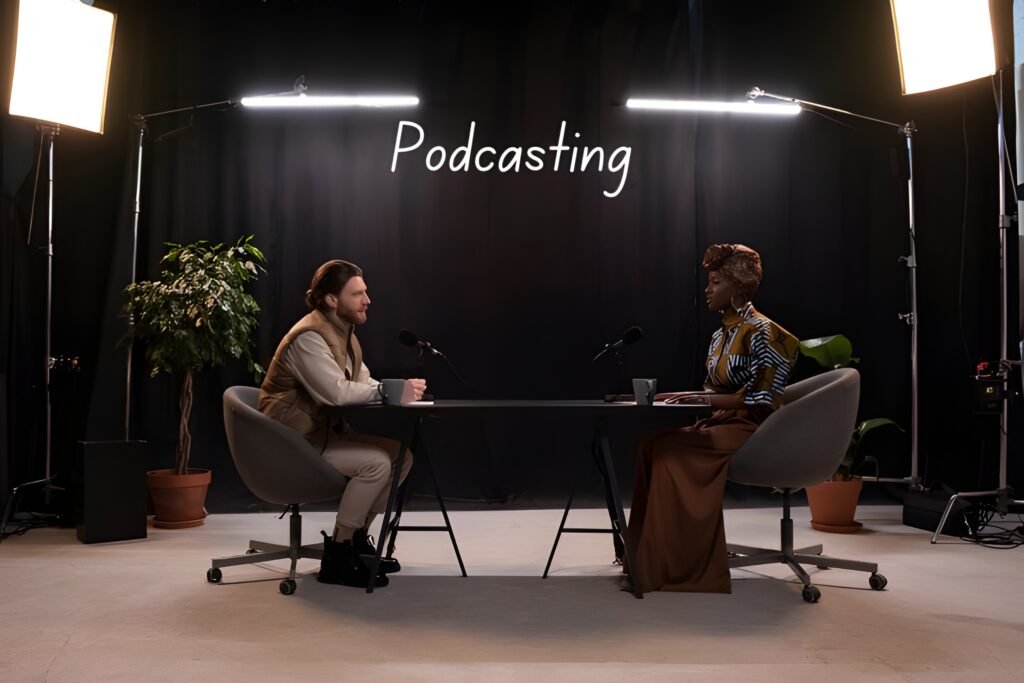
Instead of running your own podcast, be a guest on established ones.
- Research industry podcasts aligned with your coaching niche.
- Send a well-crafted pitch (template below).
- Offer a unique angle or expertise (not just generic coaching advice).
18. Email Marketing Without Spam Funnels
Forget aggressive sales emails. Instead, use relationship-driven email marketing.
✅ Simple, High-Value Email Strategy:
✔ Send 1-2 emails per month (sharing insights & case studies).
✔ Avoid sales-heavy messaging (focus on value, not promotions).
✔ Make it conversational (like writing to a friend).
19. How to Repurpose Content Instead Of Creating More?
Instead of constantly creating, repurpose existing insights.
✅ How to Make Content Work for You?
✔ Turn client conversations into content ideas
✔ Repurpose speaking engagements into articles & emails
✔ Use past interviews as website content
Example: One Speaking Engagement
- Speaking Engagement → Podcast guest interview → MultipleContent Pieces
- Podcast Interview → Article for an industry magazine
- Article → Email newsletter content
Case Studies: Personal Branding Without Digital Marketing
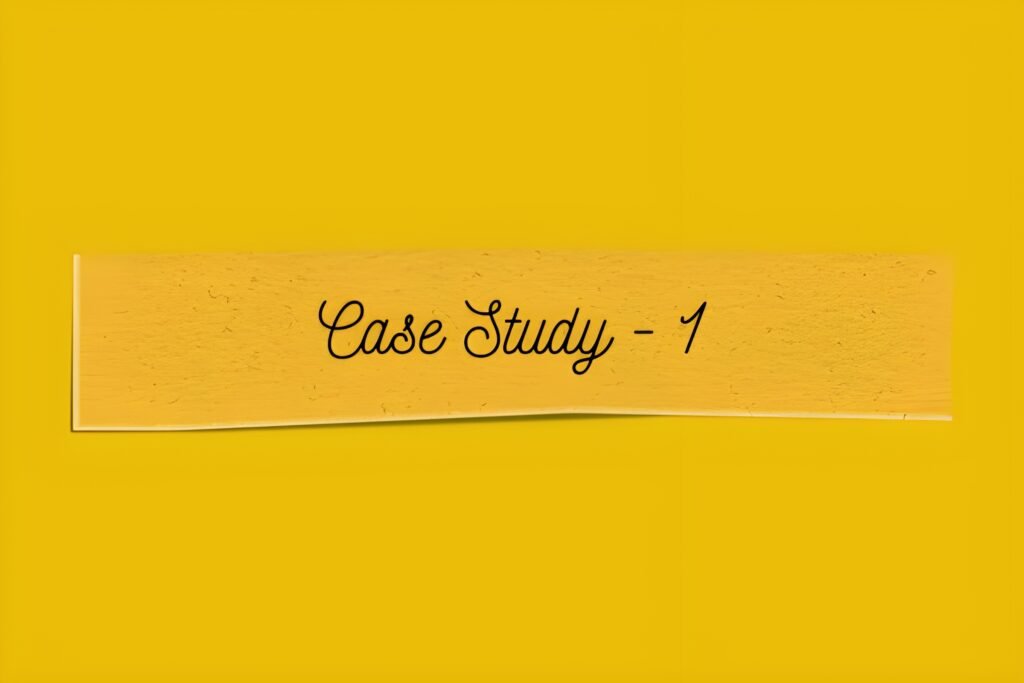
Case Study #1: Executive Coach Who Built a Six-Figure Business Using Speaking & Referral Partnerships
Background
1. Coach: Sarah M.
2. Niche: Executive & leadership coaching for high-level professionals
3. Challenge: Sarah hated social media and didn’t want digital marketing. She wanted high-quality clients but didn’t want to spend hours on LinkedIn or running a blog.
Strategy Used
✔ Speaking at Industry Events – Sarah positioned herself ask an expert by speaking at leadership conferences.
✔ Referral Partnerships with HR Directors & Consultants–She built a strong referral network by collaborating with corporateHRteams.
✔ Exclusive In-Person Workshops – Instead of marketing online, she hosted small, invite-only leadership workshops for high-level executives.
Implementation
1. Targeted Speaking Engagements:
- Reached out to leadership & business conferences with a clear, compelling speaker pitch.
- Focused on “high-trust” environments where executives gathered (corporate retreats, mastermind groups).
2. Build Referral Partnerships with HR Leaders:
- Created a simple referral agreement where HR professionalsreferred struggling executives to her.
- Provided HR teams with a free resource (Leadership Resilience Guide) to pass along to executives.
3. Exclusive In-Person Workshops:
- Hosted small, premium workshops ($500-$1,000 per seat) instead of free content.
- Invited decision-makers (CEOs, COOs) who then hired her for 1:1 executive coaching.
Results
✅ Booked solid with $10K+ months within 6 months.
✅ 80% of her business came from HR referrals speaking gigs.
✅ No need for daily social media posts or content creation.
Case Study #2: Health & WellnessCoach Who Used Podcast Guesting & PR to Build Authority
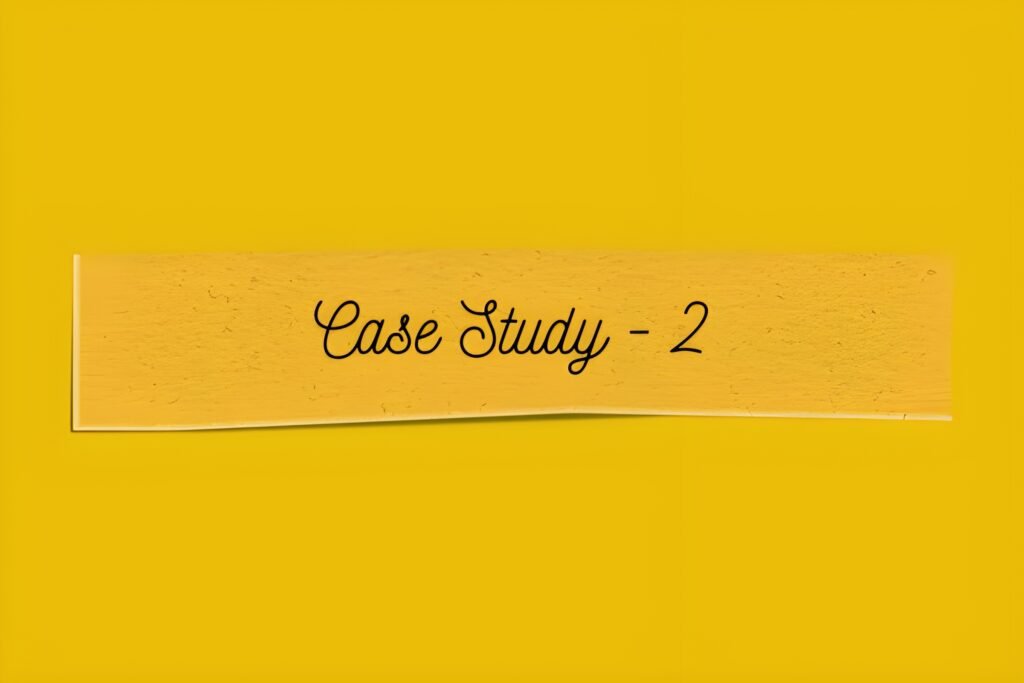
Background
1. Coach: James T.
2. Niche: High-performance health & wellness coaching for busy professionals
3. Challenge: James didn’t want to deal with social media, blogging, or paid ads. He needed a high-trust way to build credibility and attract premium clients.
Strategy Used
✔ Podcast Guest Appearances – Instead of starting his own podcast, James focused on guest appearances on established health & business shows.
✔ PR & Media Features – He got featured in major health business publications to build credibility.
✔ Referral Partnerships with Doctors & Therapists –Build relationships with functional medicine doctors and high- performance therapists for direct referrals.
Implementation
1. Landed Podcast Guest Features Researched
Top 50 health & performance podcasts and pitched himself as an expert. Developed 3 signature podcast topics (e.g., “The Science Of PeakPerformance for Busy CEOs”).
2. Got Featured in Major Media Outlets
Used Help a Reporter Out (HARO) to connect with journalists writing about health topics. Wrote guest articles for business magazines on “HowHealthAffects Leadership & Productivity.”
3. Created a Referral Network with Health Professionals
Built relationships with high-end personal trainers, nutritionists, and therapists who referred him clients. Hosted small, private workshops for these professionals to teach them about his coaching approach.
Results
✅ Generated $200K+ per year in coaching revenue.
✅ 90% of leads came from podcasts, PR, and referrals.
✅ Never created a blog, email funnel, or social media page.
Case Study #3: Business Coach Who Used Networking & VIP Mastermind Attract Clients
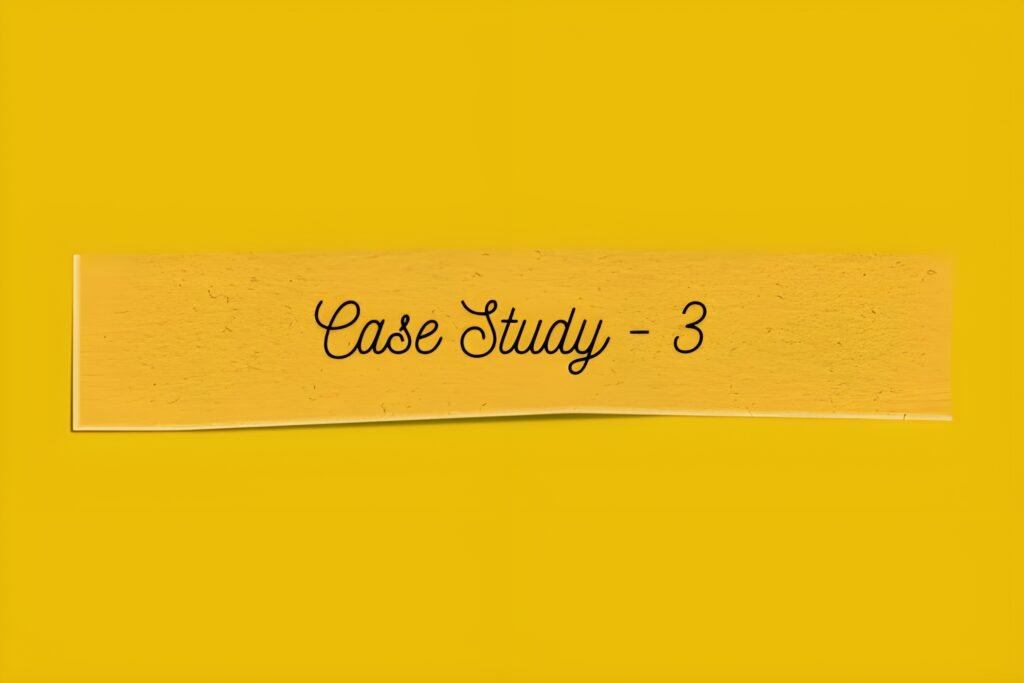
1. Coach: Linda R.
2. Niche: Business & entrepreneurship coaching for female founders
3. Challenge: Linda was great at relationship-building but disliked online marketing. She wanted high-end clients without social media or running ads.
Strategy Used
✔ High-Level Networking & Masterminds – Focused-person events and exclusive business mastermind groups.
✔ Client Referrals & Strategic Partnerships – Turnedpast clients into referral ambassadors.
✔ Speaking at Private Business Retreats – Instead of marketing online, she got invited to high-end business retreats where she landed new clients.
1. Built Relationships in Exclusive Business Networks
Joined elite business masterminds (costing $5K+ to attend). Built deep connections with high-net-worth entrepreneurs who became clients.
2. Created a Simple Referral Incentive Program
Past clients received a free strategy session for every referral. Trained clients to introduce her naturally instead of “selling” herservices.
3. Spoke at High-End Business Retreats
Connected with event organizers to offer exclusive business coaching talks. Gave powerful, high-value workshops that led to multiple$10K+coaching contracts.
Results
✅ Scaled to a multiple six-figure coaching business.
✅ 90% of clients came from networking, referrals, and retreats.
✅ Zero social media, no blog, no email list.
Conclusion
Many coaches struggle with marketing because they feel pressured to be constantly active online.
Social media, content creation, and paid ads seem to dominate the conversation, leaving many coaches frustrated and overwhelmed. However, as this guide has demonstrated, there is another way.
You do not need to be glued to social media, spend hours creating content, or chase digital marketing trends to build a successful personal brand.
Instead, you can rely on high-trust, relationship-driven strategies that create long-term, sustainable growth.
This approach is not only more effective for attracting premium clients but also allows you to build your business in a way that feels authentic, natural, and aligned with your strengths.


